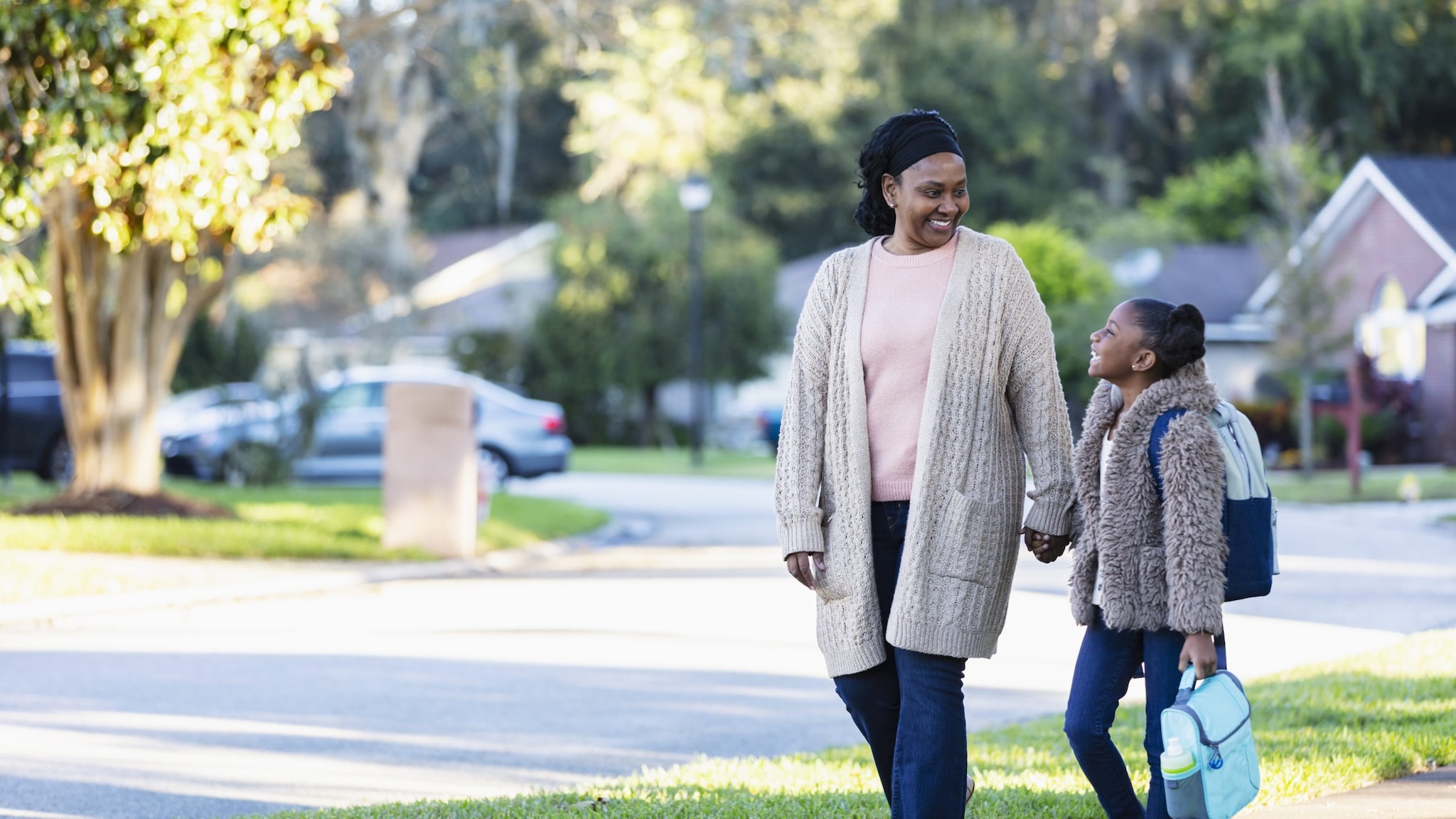Key points
- Children and adolescents (age 6-17) need at least 60 minutes of physical activity every day.
- Children and adolescents need a mix of aerobic, muscle, and bone-strengthening activities each week.
- Some activities include a combination of all three types.

What counts as physical activity for children and adolescents
Children and adolescents (6-17) need at least 60 minutes of physical activity every day. This includes activities that make their hearts beat faster, build muscles, and strengthen bones. Building muscles might include climbing or doing pushups. Strengthening bones can include running or jumping.
Many activities fall under multiple categories. Children and adolescents need moderate- or vigorous-intensity aerobic physical activity every day. They also need muscle- and bone-strengthening activity at least 3 days each week. Some activities, such as bicycling or basketball, can be done either at moderate- or vigorous intensity.
The talk test is a simple way to measure intensity. In general, at moderate intensity, children can talk but not sing during the physical activity. At vigorous intensity, children can only say a few words without pausing for a breath during the physical activity.

Examples of physical activities by type and age group
Type of Physical Activity
School-Aged Children
Adolescents
Moderate–intensity aerobic
- Brisk walking
- Bicycle riding (mostly on flat surfaces without many hills)
- Active recreation, such as hiking, riding a scooter without a motor, swimming
- Playing games that require catching and throwing, such as baseball and softball
- Brisk walking
- Bicycle riding (mostly on flat surfaces without many hills)
- Active recreation, such as kayaking, hiking, swimming
- House and yard work, such as sweeping or pushing a lawn mower
- Playing games that require catching and throwing, such as baseball and softball
Vigorous –intensity aerobic
- Running
- Bicycle riding (may include hills)
- Active games involving running and chasing, such as tag or flag football
- Jumping rope
- Cross-country skiing
- Martial arts
- Sports such as soccer, basketball, swimming, and tennis
- Vigorous dancing
- Running
- Bicycle riding (may include hills)
- Active games involving running and chasing, such as tag or flag football
- Jumping rope
- Cross-country skiing
- Martial arts
- Sports such as soccer, basketball, swimming, and tennis
- Vigorous dancing
Muscle-strengthening
- Games such as tug of war
- Resistance exercises using body weight or resistance bands
- Rope or tree climbing
- Climbing on playground equipment
- Some forms of yoga
- Games such as tug of war
- Resistance exercises using body weight, resistance bands, weight machines, hand-held weights
- Some forms of yoga
Bone-strengthening
- Hopping, skipping, jumping
- Jumping rope
- Running
- Sports that involve jumping or rapid changes in direction
- Jumping rope
- Running
- Sports that involve jumping or rapid changes in direction
Active People, Healthy Nation

Want additional tips and resources to be active?
Learn about Active People, Healthy NationSM, CDC’s national initiative to help people be more physically active.
